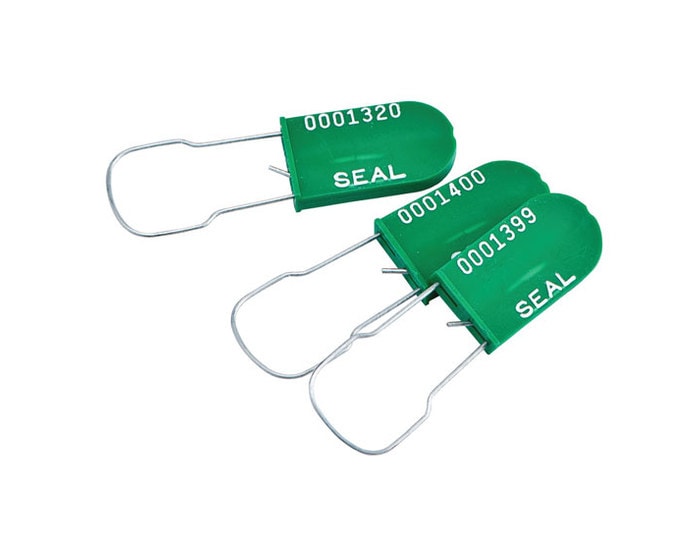thony999
Specifier/Regulator
- Dec 10, 2014
- 14
Hi guys. Thanks for the good works. I continue to learn some here.
I will appreciate any information on Tamper- and Bypass-proof residential/commercial meters for power metering.
Major problem client has is that consumers bypass their meters so as to enjoy free power. This has cost the client much lost revenues and has impacted negatively on the overall power distribution/generation system financial performance.
Any ideas will be appreciated
I will appreciate any information on Tamper- and Bypass-proof residential/commercial meters for power metering.
Major problem client has is that consumers bypass their meters so as to enjoy free power. This has cost the client much lost revenues and has impacted negatively on the overall power distribution/generation system financial performance.
Any ideas will be appreciated

